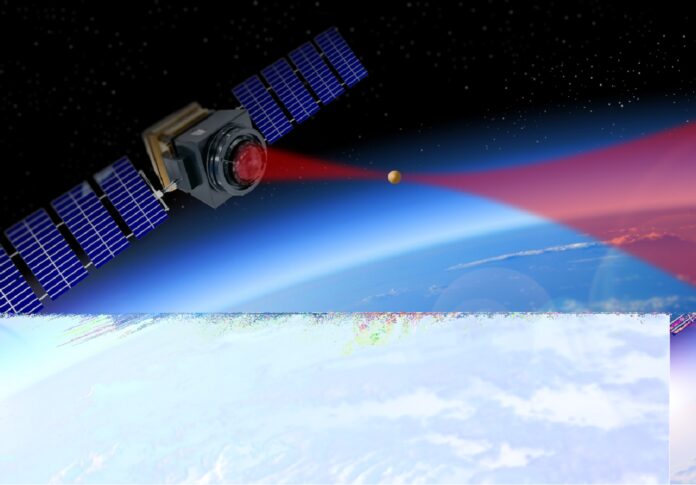Recent advances in the field of optomechanics – the motion of tiny particles held and measured in free space by laser light – have shown that nanoparticles can exhibit behaviors that are governed by the laws of quantum mechanics, which describes the interaction of atoms and subatomic particles.
This has led to nanoparticles, which are a thousand times larger than an atom and a thousand times smaller than a single grain of sand, being investigated as new sensors in laboratory conditions. But researchers are yet to apply this to the real world – and beyond.
In an Enabling Technologies Programme funded by the UK Space Agency (UKSA), researchers from the Universities of Warwick, Swansea, and Strathclyde are pushing the limits of quantum technology so that nanoparticles can be used as state-of-the-art sensors in space.
Called ‘Levitated Optomechanical Technologies In Space’ (LOTIS), it is an 18-month project to develop technologies to enable future space-borne devices using nanoparticles. The project will develop devices that are small, lightweight, and, rather than car-sized satellites, can fit on more compact nanosatellites the size of a shoebox, known as CubeSats. The approach could dramatically reduce development and launch costs.
LOTIS will develop devices that could measure the density of the thermosphere – a layer of the Earth’s atmosphere that begins around 80 km above sea level that we know surprisingly little about. Determining the density of the region could help better understand the drag experienced by satellites in orbit, helping to map their trajectories.
The project also aims to develop gravimeters for measuring gravitational fields. Gravimeters are especially useful back on Earth as a tool in geophysics and Earth observation. These devices can help map what is underneath the ground – particularly useful for civil engineering or monitoring aquifers.
“We are developing highly sensitive sensors for satellites which are greatly reduced in size and ability to perform measurements of the space environment,” said Quantum theorist Dr. Daniel Oi, Physics, University of Strathclyde. “This is part of a wider, international quantum technology program which will extend its applications from Earth and space-bound applications.”
